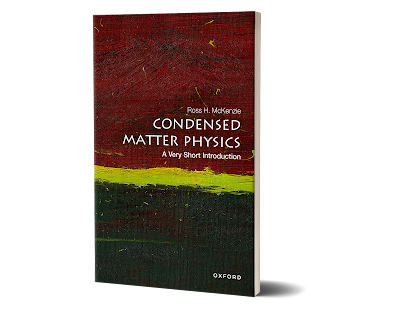Science and the universe are awesome

Since we are surrounded by scientific knowledge. We are so used to it that we can take science for granted and not reflect on how amazing science truly is. And how amazing the universe is that science reveals. Things that we know, learn, and do today in science would have been inconceivable decades ago, let alone centuries ago. What specific things do you think are particularly awesome? This question was stimulated by Frank Wilczek's recent book, Fundamentals: Ten Keys to Reality. In writing the book, he says "what began as an exposition grew into a contemplation." My answer to the question has some significant overlap with Wilczek's ten. Below I list some of the things that I find awesome. I consider two classes: what science can do and what we learn about the universe from science. Science works! It is amazing what science can do. We can understand the material world. Einstein said, "The most incomprehensible thing about the world is that it is comprehensib


